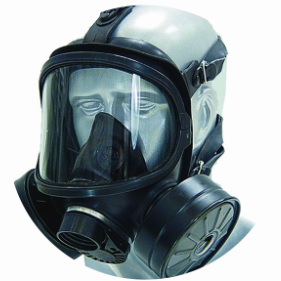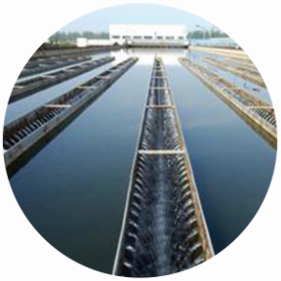DIOXIN (TCDD) TREATMENT
Dioxin is one kind of infinitesimal organic halogen compounds. It stems from burned organic matter in city refuse combined with halogen compounds such as chlorine, etc. With high quality bituminous coal as raw material, this kind of activated carbon is activated by vapor to achieve the best effect for dioxin removal.
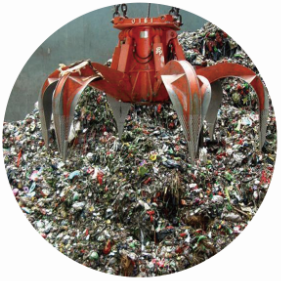
VOLATILE ORGANIC SOLVENT RECOVERY
Our high quality and low price recoverable activated carbon are widely used in synthetic fiber and synthetic resin industry, press industry, paper processing industry, thin film and slice production, metal degreasing, rubber industry, chemical reagent purification industry, petrochemistry, glue production, photographic film production for refining acetone, benzene, dimethyl benzene, alcohol, esters, etc.
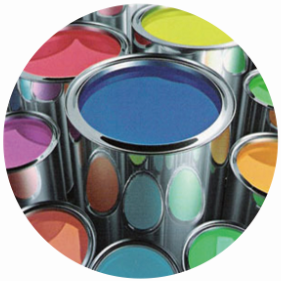
FOOD INDUSTRY
Our company supplies cane sugar factories with activated carbon of suitable PH and high molasses, and glucose factories with activated carbon for protein, hydroxymethyl furfural, foaming materials and iron decreases as well as decolorization.
All the activated carbon above are very effective in citric acid production by fermentation method, aginomoto production with starch as raw material, odor, taste and color removal in edible oil production, color, harmful impurities removal and gaining in white sprits production, bitter taste removal in beer production.
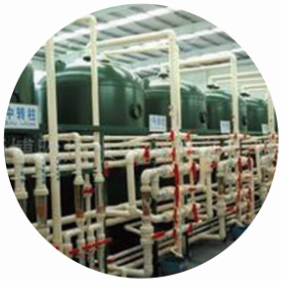
MEDICAL INDUSTRY
The carbon applied in medical industry is generally wood based powder activated carbon which is featured in large surface area, great pore structure and adsorption capacity, fast filtration, strong decolorization, etc. and applicable in synthetic drug, medicine raw material, vitamin, hormone injections, medical intermediate, decolorization and purification of products such as biological chemistry and pyhytoextraction, and removal of “heat source” in injection.

INLET-WATER TREATMENT
Water plants usually provide users with domestic water, industrial water and pure water which are treated by conventional process – chlorine or ozone oxidation disinfection. There are great disadvantages in the 2 kinds of disinfection processes: in the former, trichloromethane may be formed by residual chlorine and organic matters in water and in the latter, harmful mutagens and carcinogens may be formed when ozone is insufficient. Currently, there is a mature technology of combined process of ozone and activated carbon filter applied in water advanced treatment. We supply activated carbon for kinds of disinfection method advanced water treatment for users’ best choices.

WASTEWATER TREATMENT
Our company supplies customers with a wide range of activated carbon for treatment of wastewater containing mercury, vanadium, phosphorus, fluorine, cyanide, hydrocarbon, polychlorinated biphenyls (PCBS), halocarbon, organochlorine, aldehyde, ketone, organic acid, phenol, nitro, etc.
This activated carbon is effective in domestic sewage and industrial wastewater recycle with simple, effective and economical removal of the heavy metal ion, organic and inorganic contaminants and decrease of COD, odor, etc. in raw water.
WATER PURIFIERS
In tradition views, micropore developed anthracite coal-based pellet activated carbon is applicable for gas phase adsorption, which macropore and mesopore developed bituminous coal-based activated carbon for liquid phase adsorption. For water in water purifiers which should be developed in purity and pleasant in taste, we supply activated carbon for users’ best choices.
FOUL ODORS TREATMENT
Foul odors are unpleasant. Foul odors are mostly of low concentration with more than one ingredients. Our company supplies activated carbon with high abrasion resistance and reasonable pore structures.
Out company also supplies alkalis /acids-impregnated and halogen metal salt-impregnated activated carbon for places where it is hard to adsorb ammonia, trimethylamine, hydrogen sulphide, formaldehyde mercaptan, dimethyl sulfide, etc. Thus the adsorbing effect can be enhanced several times to dozens of time.
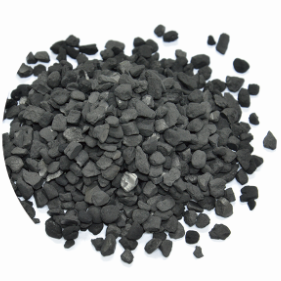
INDUSTRIAL GAS REFINEMENT AND SEPARATION
Activated carbon is applicable to separate nitrogen from air, methane from fermented gas, hydrogen, argon and other rare gases from synthesis ammonia, helium from natural gas, hydrogen or hydrogen and nitrogen from coke-oven gas and water gas, carbon dioxide from flue gas, hydrogen from methanol decomposition gas.
In the process of separation and refinement, since it is hard to adsorb hydrogen and helium, activated carbon is usually used to adsorb other gases in feed gas while the non-adsorbed hydrogen and helium whose purity degrees are thus enhanced are taken out as products.

NOXIOUS GAS PURIFICATION
With excellent characters of developed super tine micropores, adsorption for kinds of gases, in most cases applicability for mixed gas without being affected by vapor and carbon dioxide, quick adsorption speed, etc. activated carbon is suitable to adsorb sulfur compounds, nitrogen compounds, chlorine compounds, oxycarbide, hydrocarbon compounds, halogen compounds. For low concentration organic gas and great exhaust air, the purification efficiency of our activated carbon can be above 95%.
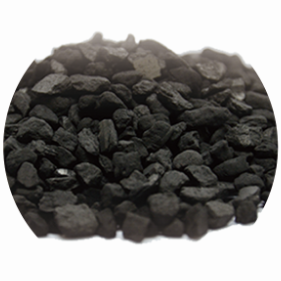
ACTIVATED CARBON WITH SPECIAL PERFORMANCE
- Activated carbon whose surface acidic groups content and adsorption for polar compounds (such as ammonia and K) are developed after strong oxidant treatment, and whose surface basic groups content and nonpolarity are developed for nonpolar material adsorption after reductant treatment, are good at adsorption both for cationic dye or anionic dye (high PH activated carbon for cationic dye and low one for anionic dye) in print and dye industries.
- We supply iodine and metal salt-impregnated activated carbon for better adsorption of formaldehyde iodine mercury vapor, ammonia and SO2. This kind of activated carbon is widely used in factories of mercury mineral mining, compounds such as mercuric chloride, calomel, fulminate, etc.
- We supply demercuration activated carbon impregnated with chloride, potassium iodide and sulfur, and potassium iodide impregnated activated carbon for iodine removal and iodine removal filters in nuclear power stations.
